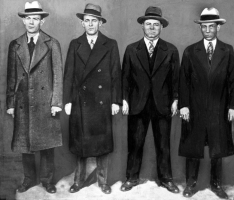Top 10 Real Life Explanations for Famous Monsters
There are always being found new species. Perhaps this is the reason why so many people are, if not firmly convinced, then at least receptive to the ... read more...possibility that strange monsters exist. even monsters that you might think are. But, it is frequently a really plausible explanation that is a little less horrifying when we find a monster.
-
What transpires when a large number of tubifex worms enter the sewer has already been witnessed. Nevertheless, a man in the Caribbean found what, in all actuality, seemed to be the Venom symbiote. A pullable, glassy, black mass of writing gunk that appears to put itself back together after being broken apart. Some speculate that tubifex worms were at work once more, but that was not the case. Fortunately, it wasn't an alien symbiote that was prepared to devour human heads.
The incorrect assumption was tubifex worms, but it wasn't too far off. The mass that resembled something from a Marvel Comics was actually a bootlace worm, according to the video. Think vermicelli noodle size while imagining bootlace worms. They are lengthy, though. They form writhing, twisting odd bundles as they group together in bunches.
180 feet in length was the record for the longest bootlace worm, which is horrifying in a whole different sense. A highly poisonous mucous is also produced by them. Hence, even if this isn't strictly a monster, you should still avoid encountering it.
Image by Sippakorn Yamkasikorn via pexels.com 
Image by Tina Nord via pexels.com -
Zombies weren't created by George Romero, but he sure did popularize them. Like the monsters themselves, they have long been a part of popular culture, and our fascination with them just won't go away. Yet as it seems, they might be more than just sluggish walkers with a fanciful appetite for human flesh.
A person with Cotard Syndrome actually feels they are dead yet is still alive and well. Jules Cotard, the physician who made the initial diagnosis, characterizes it as a combination of depression, anxious melancholia, and delusions. Those who have it think they are dead and are hence unmotivated to achieve much with their lives. There is no need to work, eat, or do anything else. They genuinely think they've passed away.
This is a type of delusion, possibly brought on by a brain damage or another ailment. To understand the specific cause of the syndrome and why those who have it feel this way, however, very little research has been done.
Image by cottonbro studio via pexels.com 
Image by cottonbro studio via pexels.com -
Are we the only species in the universe? Maybe one day we'll have an answer to that query. Nevertheless, the verdict isn't in yet. Some people don't just think there are living forms on other planets; they also think those life forms have already visited our planet. Even though there are other conspiracy websites that attempt to explain this, one of the most significant pieces of purported evidence for extraterrestrial life was a peculiar skeleton that was discovered in Chile in 2003.
Although the skeleton was only six inches long, it looked human. The head, not you, was the reason why no one assumed it was you. The skeleton has an extended, cone-shaped cranium as opposed to the conventional, rounded skull that most of us are accustomed to.
When the body was discovered, it was wrapped in fabric and tied with a ribbon. He attracted the attention of ufologists right once, who saw it as evidence that extraterrestrials had once visited Earth. But science had a different response. Bone pieces' DNA was taken out and examined. The outcome was human, not extraterrestrial, a young girl, in actuality. She most likely developed her appearance as a result of a serious genetic abnormality. She wasn't an alien, but it's unknown if she ever breathed or if she was stillborn.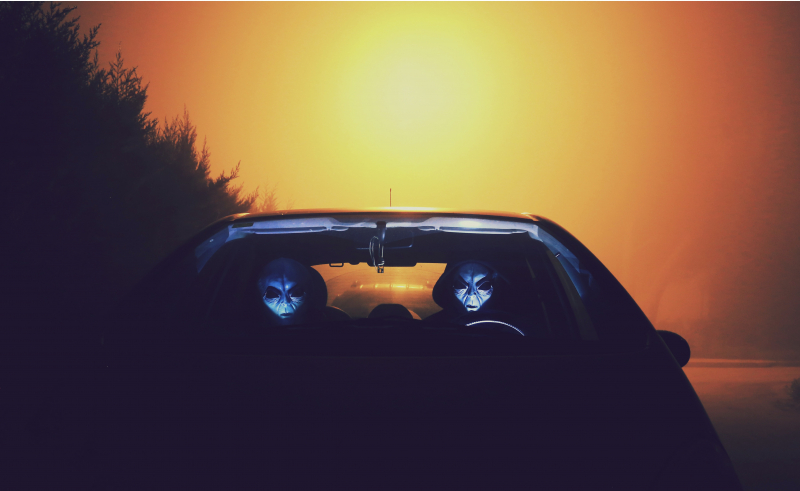
Image by Miriam Espacio via pexels.com 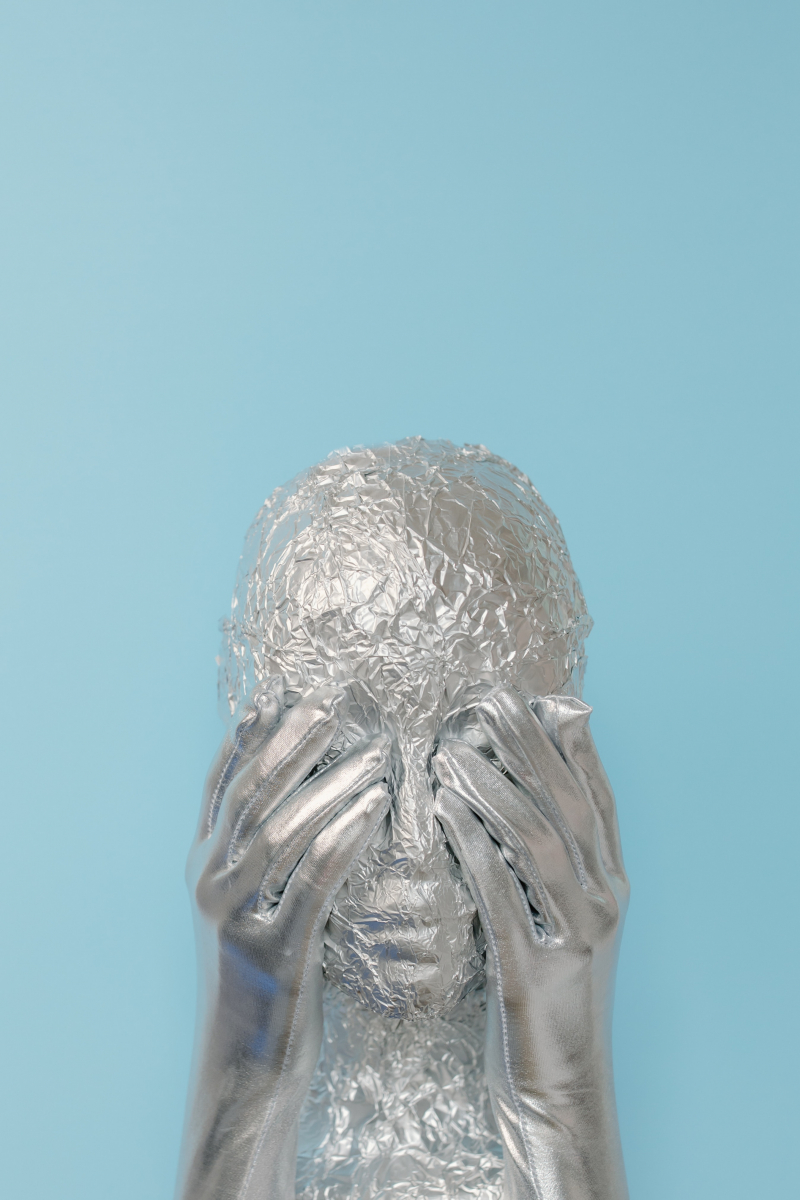
Image by Tara Winstead via pexels.com -
Although Loch Ness receives most of the media attention, several other locations throughout the world also assert to have native sea serpents. Famously, Canada has the Ogopogo, and in 2019, China momentarily grabbed headlines when a long serpent was found in the Yangtze River.
In China, social media went viral with footage of a 65-foot sea snake, which led to a monster hunt. Workers went out on the water and found it as people guessed what it might be. Unexpectedly, the serpent was shown to be a ripped-up piece of rubber.

Image by Carlo Obrien via pexels.com 
Image by Marcio Skull via pexels.com -
It's challenging to pinpoint the exact historical origins of vampires. Numerous ancient cultures, dating back to the Mesopotamians and Romans, had mythical monsters that, if not named vampires, were quite similar to them in practice. There is a fairly common perception of a monster that feeds on the blood of the living. For what it's worth, the word "vampire" appears to have first appeared in English in 1734.
While there have been many theories put forth to explain the historical belief in vampires, such as people being buried alive, grave robbers, or the deceased's gums receding from their teeth giving the appearance of having more pronounced teeth, there are also some other, more scientific explanations.
There are a number of blood conditions that can affect people who may have been viewed as vampiric by ancient humans. A disorder known as erythropoietic protoporphyria can lead you to become extremely sensitive to light and can start in childhood. You can blister and get burned in the sun.
Those who have this illness are persistently anemic, making them very pale. The UV rays from the sun would irritate them even on gloomy days. So, it is most likely that these pale individuals only emerge at night.
Image by cottonbro studio via pexels.com 
Image by cottonbro studio via pexels.com -
As far back as the sixth century, there have been rumors of a mysterious creature residing in or around Scotland's Loch Ness. Nonetheless, most contemporary tales, such as the notion that it was a reptile-like monster, had their roots in 1933. Since then, countless witnesses have asserted seeing the beast, and a few hoaxes have also been debunked.
Of course, not all reports of the Loch Ness Monster sightings are fabrications, but the same cannot be said for all of them. A fresh Loch Ness monster photo surfaced in 2020, and it soon went viral on social media thanks to comments and sharing from numerous well-known accounts.
Unlike many alleged cryptid images, this one wasn't fuzzy or difficult to distinguish. A very distinct creature can be seen swimming in the lake in the photograph. Some who are a little more sceptical of monster stories looked at the image more closely and noted that the creature's coloring was eerily similar to that of a wels catfish.
It wouldn't be difficult to mistake one of these for a monster at first glance because they may grow to be up to 300 pounds and eight feet long. The matter was therefore concluded. Yet there was actually more to it than that. Like fingerprints, each mark on a catfish's back is distinct. Other internet sleuths took the time to compare the Loch Ness catfish to another image of a sizable catfish that had been captured two years earlier, and they discovered that the catfish had really been PhotoShopped into the image. In other words, the Loch Ness monster was a fictitious photograph of a fictitious creature.

Image by Pixabay via pexels.com 
Image by Onur Kurtic via pexels.com -
Bigfoot and the Loch Ness monster are examples of creatures with a history. Throughout the course of many years, one person has claimed to see it, and this has since been followed by other people. However, not all monsters require time to develop a reputation. Consider the reports from 2001 that a monkey man was terrorizing New Delhi, India.
The monkey guy was described as having metallic claws and monkey-like features. Some claimed it resembled a cat more. Police believed that it was only pranksters. Whatever it was, it spread terror throughout the city, which resulted in three fatalities and numerous injuries from the enigmatic beast.
Armed vigilante gangs were prowling the streets in search of the monster. To find it, they added 3,000 more police officers to the city's force. A 50,000 rupee prize was offered for information that resulted in its capture, and nearly 350 people claimed sightings.
Surprisingly, it was shown that the monkey man was neither a monkey nor a man. There was nothing there at all. They attributed the incident to widespread hysteria, in which dread multiplied and people didn't want to feel excluded. The frantic and violent mobs seeking for a creature that didn't exist were to blame for all of the fatalities and injuries.
Image by Chris Carter via pexels.com 
Image by David Gonzales via pexels.com -
Is Bigfoot the most well-known cryptid? There may be more Loch Ness sighting reports, but there are undoubtedly more Bigfoot-centric films. And similar to Loch Ness, there have been some sporadic but significant efforts to locate the creature.
In fact, the FBI looked into Bigfoot in 1977. Perhaps it wasn't that difficult to trust The X-Files after all. They made a number of documents, including those pertaining to their Bigfoot studies, public in the year 2019. The agency looked examined some hair samples that had been provided to them by someone in charge of the Bigfoot Information Center and Exhibition in Oregon as part of their brief investigation into the creature.
The agency agreed to analyze the hairs to determine whether they were truly from Bigfoot, perhaps out of morbid curiosity. And as it turned out, the hair was more that of a deer than a Bigfoot.
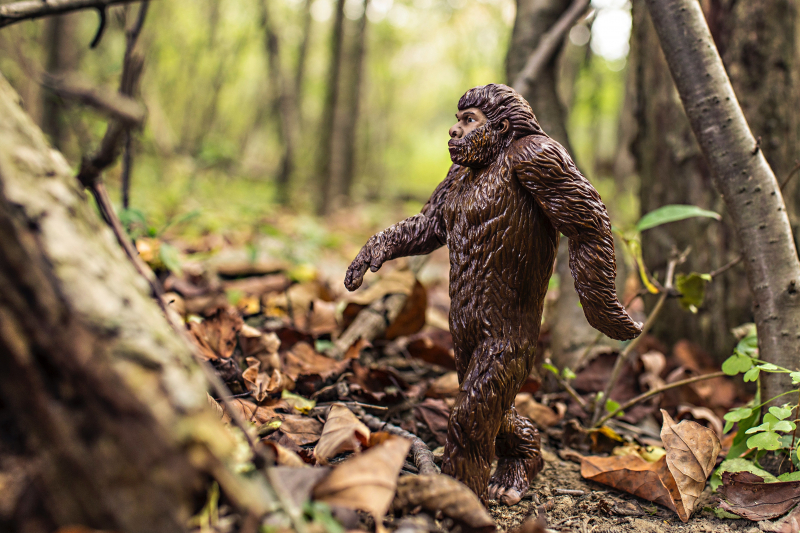
Image by Gratisography via pexels.com 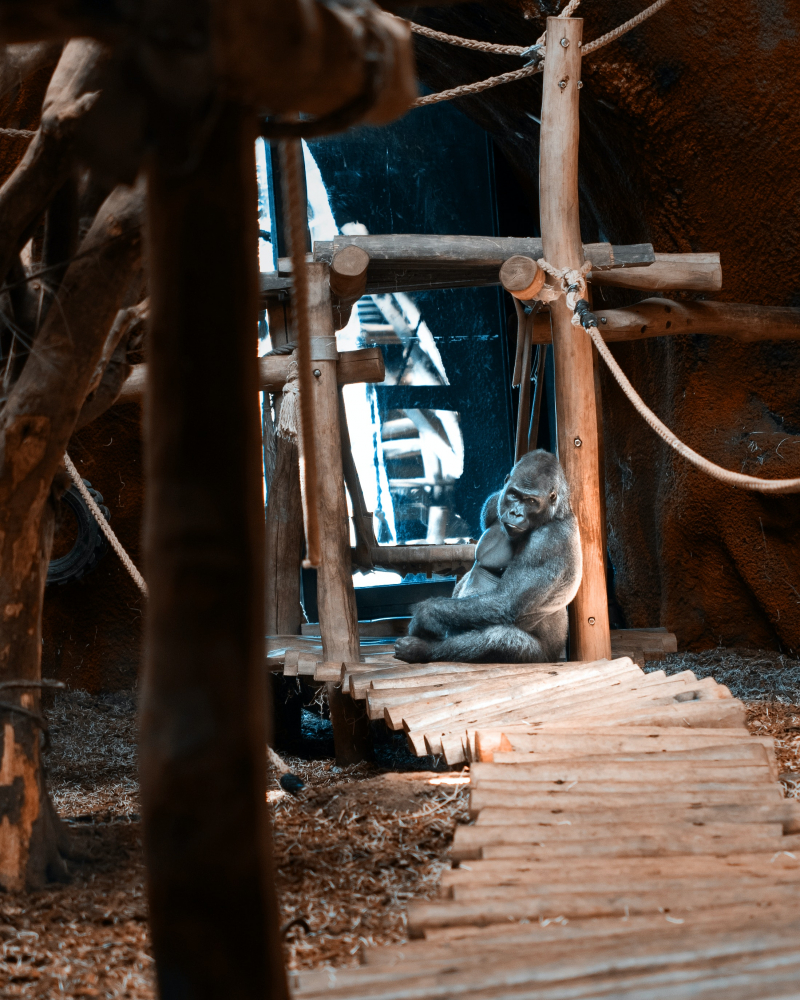
Image by Guillaume Meurice via pexels.com -
One of the most well-known cryptids in the world is El Chupacabra. It has attracted many people's attention and continues to intrigue those who are determined to establish its veracity, much like Bigfoot and the Loch Ness Monster.
Chupacabra, which is Spanish for "goatsucker," is a mythical creature that is said to survive by sucking goats' blood. So it resembles a shadowy vampire in certain ways. Over the years, numerous people have reported seeing the creature, and at least one politician from Puerto Rico formed a posse to hunt it down.
The chupacabra, or at least a baby one, was allegedly captured in 2014, according to a Texas couple. They captured the animal after discovering it in a tree on their property and placing it in the cage. While it is true that something was captured, at least one game warden afterward declared that the animal was more likely a raccoon with a bad case of mange than the fabled bloodsucker.

Image by Pixabay via pexels.com 
Image by Nandhu Kumar via pexels.com -
Back in 2009, a popular video went viral and sent shivers down everyone's spine. The image in the video is most accurately characterized as a writhing nightmare attached to a sewage wall. Many immediately dismissed it as a scam or a form of viral marketing for a horror film. The reality was that it wasn't one of these things.
The spooky, pulsing mass was an actual phenomenon that made people think of the film Aliens and possibly The Thing. It turned out to be a colony of tubifex worms, not any other unearthly explanation. Living at the bottom of ponds and in sewage are tubifex worms. Perhaps as a result of the intensely hot and bright light they are exposed to, they writhe and pulse in front of the camera. You won't likely find them just by lifting a sewer hole and sticking your head inside because they're also relatively uncommon.
The worms resemble other worms when they are by themselves. Yet, they create gigantic quantities in colonies. When enough of these congregate, it resembles an internal organ that has lost its skin—it is squishy and vibrates. Not a super monster, but certainly unpleasant.
Image by Leon Macapagal via pexels.com 
Image by Pixabay via pexels.com
























